Paul Francis’ vision of America is a place where middle-income families can afford to own and drive an electric vehicle or two. He and his company, KIGT Inc., are in the process of making that dream a reality in Ontario, one of the largest cities in San Bernardino County, California.
If you thought you had to be in Silicon Valley to tap into the best of innovation and entrepreneurship in California, think again.
KIGT is an electric charging station manufacturer that also creates the operating software. “We help plug-in car drivers save time and money by providing faster charging at home with software that makes it easier to manage fueling and energy expenses,” says Francis, a serial entrepreneur whose career has included stints in Honolulu, Las Vegas and San Diego.
In Ontario, a city of 182,000 people in the heart of the booming Inland Empire of Southern California, Francis says he’s found the perfect place to build his startup into a national brand.
“Our goal is to be the No. 1 home charging station on the market. We want to be in 1 million homes nationwide and move abroad into the Asian market,” he says. “I grew up in Ontario. For me, it was always a matter of growing a business here. We have an international airport and a UPS hub. Our product can go nationwide and abroad. There are a lot of hardworking people in the Inland Empire. We have a lot of people with small businesses in metal fabrication, and we work with these companies. We found that working locally has been our lowest-cost producer.”
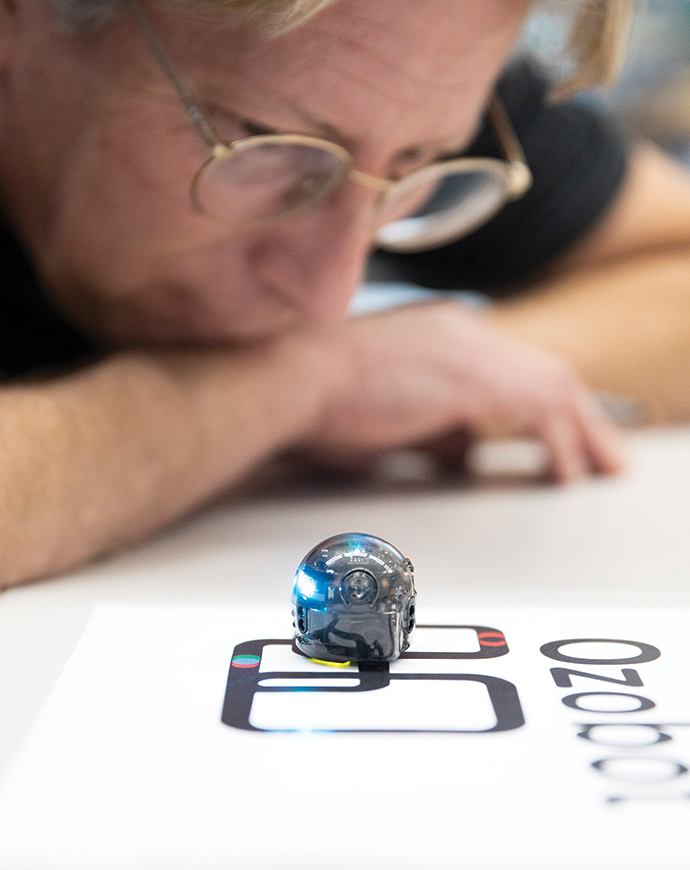
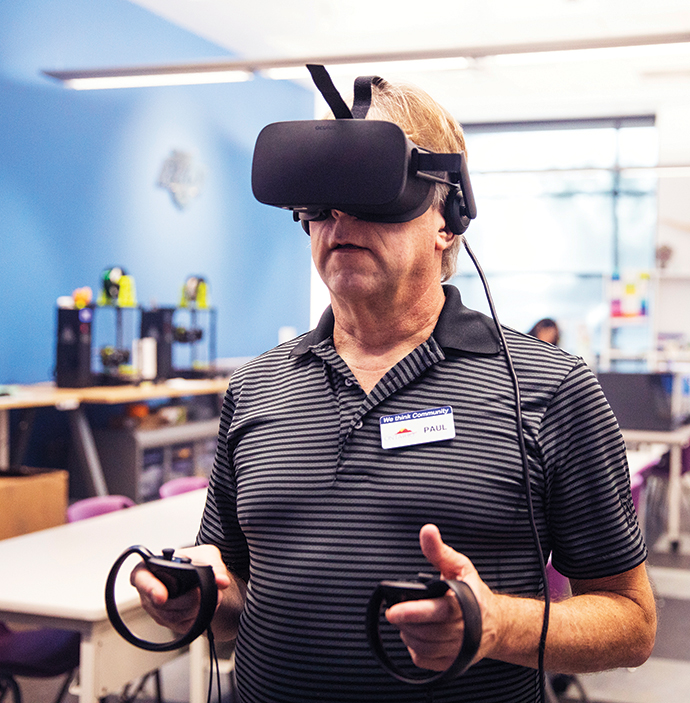
Area colleges and universities keep KIGT well stocked with talent, he notes. “A lot of colleges are nearby — Cal State-San Bernardino, Claremont, community colleges and other schools. We’re working with students to develop our technology. And interstates run through here and go to San Diego and Las Vegas. For a startup trying to grow, this is very beneficial.”
Francis’ experience is not an aberration in San Bernardino County, a 20,000-square-mile area of 2.1 million people, including a workforce of nearly a million. The Inland SoCal Link iHub recently awarded grant vouchers from the Governor’s Office of Business and Economic Development (GO-Biz) to enhance technical innovation at a number of small businesses in Inland Southern California. KIGT was one of the recipients. So was Exquadrum Inc., based in Adelanto near Victorville in the High Desert region of San Bernardino County.
Defense Contractor Hits Bullseye
A defense contractor specializing in developing advanced weapons systems for the U.S. Armed Forces, Exquadrum recently signed an agreement that includes a 40,000-sq.-ft. lease with an option to buy a 66,000-sq.-ft. building at Southern California Logistics Airport in Victorville. The airport location will serve as Exquadrum’s new corporate headquarters and house the firm’s engineering staff, business operations, manufacturing and labs.
Exquadrum was awarded a $15 million contract in 2018 to work on the DARPA Operational Fires hypersonic weapons development project. Company President Eric Schmidt says that San Bernardino County is the ideal location to do this work. “This part of California in the Inland Empire has a lot of opportunity, especially in the valley,” he notes. “Everything functional you need is here. There are good lease opportunities with good facilities. It has access to power, water, gas, fiber-optic networks, etc. And it is a cost-effective location with great logistics.”
Proximity to a qualified labor pool is the differentiator, he adds. “We have 442,000 people in the Mohave River Valley and an amazing number of employable people with good educations who want to work 20 minutes from home,” says Schmidt.
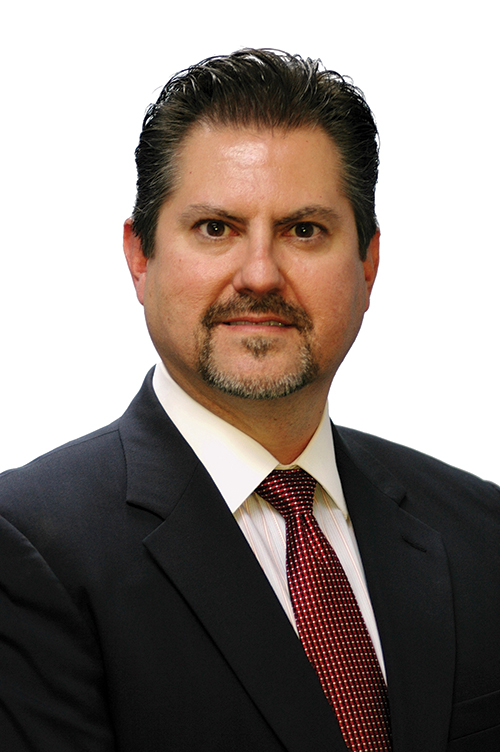
“ Everything functional you need is here. There are good lease opportunities with good facilities. It has access to power, water, gas, fiber-optic networks, etc. And it is a cost-effective location with great logistics.”
CEO Kevin Mahaffy adds, “We literally could not operate our business anywhere further south or west in Southern California. We do rocket propulsion R&D. We’re allowed via permits to do rocket testing at SCLA in Victorville. That was a major factor in our decision to locate our business here. We can do our engineering and manufacturing here. And just 10 minutes from our headquarters, we can do our rocket propulsion testing. We have the necessary land and permitting available to do the testing. This place is very business-friendly.”
Mahaffy adds that a broad-based workforce fuels much of the innovation taking place at Exquadrum. “We need technical personnel, aerospace engineers, chemical engineers and highly skilled technicians — people to build the hardware and test facilities — and a wide variety of support personnel,” he notes. “We are close to many high-quality universities like Cal Poly-Pomona and Cal Poly-San Luis Obispo, and we’re able to take advantage of internship programs with these schools.”
A relationship with Victor Valley College is a key factor too. “The local community college focuses on career technical education for the aviation and aerospace community,” says Mahaffy. “This prepares students for careers in high-tech industry.”
Ecosystem Develops Over Time
Dr. Michael Stull, professor of entrepreneurship and director of the Inland Empire Center for Entrepreneurship at Cal State-San Bernardino, serves as one of the judges for the iHub grants. He says the area is on the cusp of becoming a national leader in innovation. “There’s a critical mass happening here,” he says. “There’s a general awareness of entrepreneurship and acceptance that this is a viable path. There’s been a definite increase in the awareness of the community and among the students that I work with. Twenty years ago, that was not the case.”
What changed? “We’re not a hub of Fortune 500 companies,” Stull says of San Bernardino County. “A lot of small to medium-sized companies are here. For an economy to thrive and for people to prosper, they have to be looking at a more entrepreneurial path. There is an emphasis on growing our economy from within. It’s a balanced-portfolio approach.”
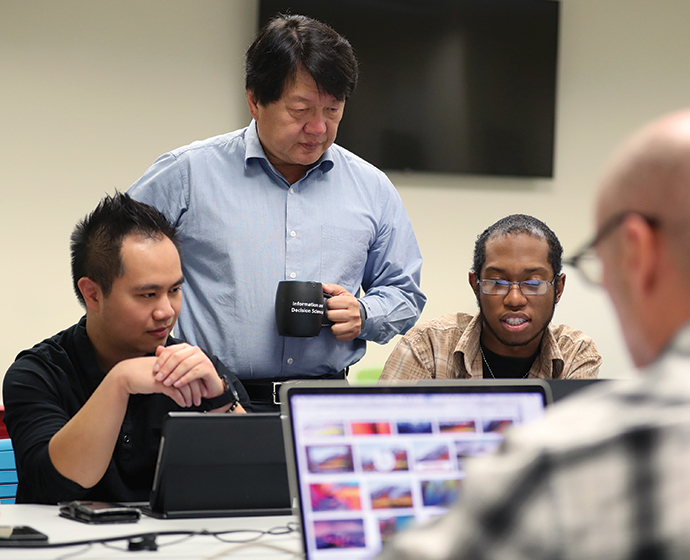
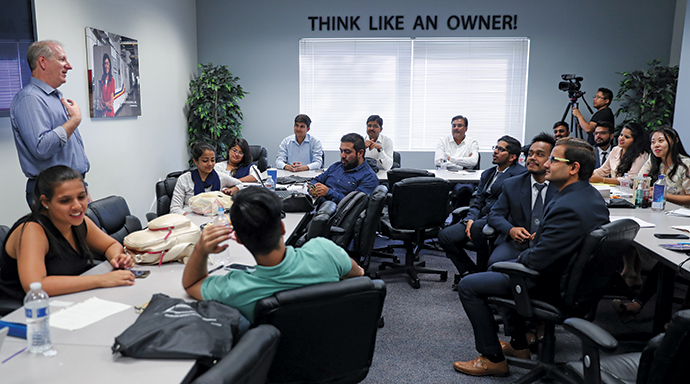
He adds that, “over time, as the ecosystem has developed, it’s become more conducive and companies are getting better support. Costs are also a factor. The availability of land and commercial real estate is very good here. The economic equation is very favorable for early stage companies, especially compared to the big coastal counties. If you’re trying to get your business to that next level, you may see that you need to be in Ontario or Rancho Cucamonga. We have a very solid pool of talent and affordability.”
For corporate executives wanting to tap into a climate of innovation, there are many selling points, Stull notes. “We have a combination of affordability, climate, amenities and labor pool,” he says. “Plus, there are local companies that can be good collaborative partners. For example, we have ESRI in Redlands. If you’re working in GIS data, it’s kind of like locating around Google. Executives will also find that this is a very pro-business county.”
From Competition to Collaboration
Kevin Meredith, co-founder of the WESEE Collective’s 4th Sector Innovations, says the region does more than pay lip service to collaboration; it exemplifies it. “At 4th Sector, we take all the benefits and key differentiators of business, government, private industry and the non-profit sector and put them all together and have them work in unison,” he says. “We started working with the City of Ontario in 2016, and the city has seen rapid growth and development since.”
The 4th Sector Collectives co-locate a comprehensive collection of services in communities that can benefit from them most. “We take the time to understand local realities and identify specific opportunities that build on dominant economic drivers,” says Meredith. The Collectives in Ontario include an incubator, accelerator, co-working space, small business development center and other support services.
Meredith describes the Collectives as a place where entrepreneurs can come to have their ideas either validated or invalidated. “The goal is to test, validate and expand,” he says. “We help companies go through the incubator and the accelerator. We opened at the end of 2019. We launched eight teams as the first cohort in the incubator. They are from Ontario and around Southern California.”
Most of these startups focus on e-commerce and logistics — strong suits of the region due to its proximity to the Ports of Los Angeles and Long Beach and the presence of so many large logistics end-users in San Bernardino County. “Ontario International Airport is one of our corporate clients,” says Meredith. “We’re helping them with their innovation efforts. OIA surpassed Hartsfield-Jackson International Airport in Atlanta this year as the largest outbound e-commerce freight airport shipper in the country.”
The incubator is designed to be a 9-month program. All companies will be pre-investment, says Meredith. “One has received VC funding in a different market area, but none will have VC funding in the incubator,” he explains. “The whole purpose of the incubator is to help them figure out if they can work with real end-users and real stakeholders and either validate or invalidate their core ideas in the marketplace. We feel we’ll be successful if we do that.”

